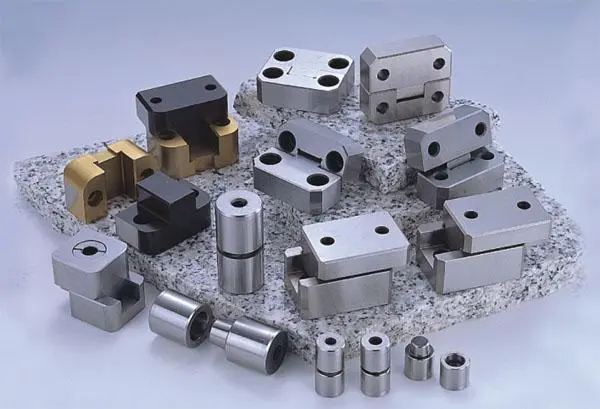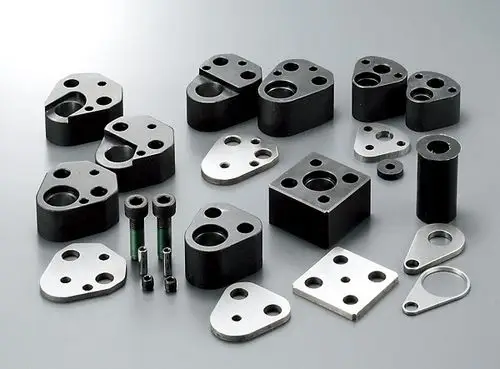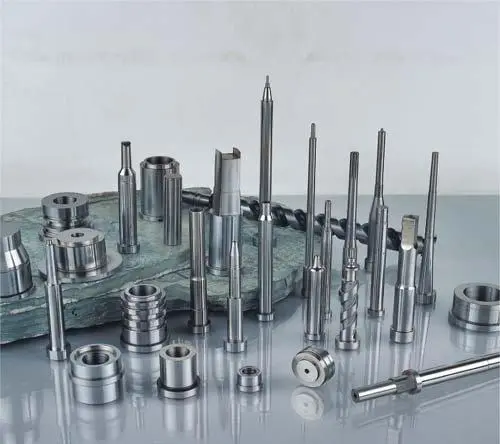News
How to control color difference in injection molding product production?
In the production of injection-molded products, color difference is a common and critical quality control point. Color difference not only affects the appearance of the product, but may also adversely affect the product's performance and market acceptance. The following will discuss in detail how to effectively control the color difference of injection-molded products.
Color difference is a common and critical quality control point in the production of injection-molded products. Color difference not only affects the appearance of the product but may also adversely affect its performance and market acceptance. The following will discuss how to effectively control color difference in injection-molded products.
I. Selection and Control of Raw Materials
The quality and stability of raw materials are the basis for controlling color difference. First, select a plastic raw material supplier with reliable quality and stable color. Different batches of raw materials may have color differences; therefore, when receiving materials, the color of each batch of raw materials should be strictly inspected and compared with the standard sample. At the same time, for products with extremely high color requirements, it is recommended to use the same batch of raw materials for production to reduce color differences caused by different raw material batches.
For example, when producing a certain brand of mobile phone case, in order to ensure color consistency, the manufacturer will require the raw material supplier to provide plastic particles of a specific batch, and strictly inspect the color of each batch of incoming materials during the production process.
II. Optimization of Color Matching Process
Accurate color matching is a key link in controlling color difference. When performing color matching, according to the color requirements of the product, use professional color matching equipment and software to accurately calculate and mix the proportions of various pigments. At the same time, pay attention to the compatibility and dispersibility of the pigments to ensure uniform color distribution.
For example, in the production of colorful plastic toys, the color matching engineer will determine the optimal pigment formula through multiple experiments and adjustments according to the color standard provided by the customer, and strictly follow the formula during the production process.
III. Adjustment of Injection Molding Process Parameters
Process parameters in the injection molding process, such as temperature, pressure, injection speed, and cooling time, also have an important impact on the color difference of the product. Temperatures that are too high or too low may cause the pigment to decompose or distribute unevenly, resulting in color difference. Appropriate pressure and injection speed can ensure uniform filling of the plastic melt, avoiding local color differences. Reasonable cooling time can stabilize the color of the product during the cooling process.
Taking the production of plastic tableware as an example, if the injection molding temperature is not set properly, it may cause the edges and center of the tableware to have inconsistent colors. By optimizing the temperature parameters, this problem can be effectively solved.
IV. Mold Design and Maintenance
The structure and surface quality of the mold will also affect the color difference of the product. Good mold design should ensure that the plastic melt flows evenly in the mold, avoiding stagnation and local overheating. Regularly clean and maintain the mold to prevent wear and tear and dirt accumulation on the mold surface, affecting the color uniformity of the product.
For example, if a mold that has been used for a long time is not cleaned in time, a layer of dirt may form on the surface, causing the injection-molded products produced to have color spots.
V. Control of the Production Environment
The stability of the production environment should not be ignored in color difference control. Maintaining a constant temperature and humidity in the production workshop can reduce the influence of environmental factors on the color of raw materials and products. In addition, avoiding the mixing of dust and impurities can also prevent stains and color differences on the product surface.
For example, producing plastic accessories for optical instruments in a dust-free workshop can effectively prevent dust from adhering to the product surface, thereby ensuring the purity of the product color.
VI. Quality Inspection and Monitoring
During the production process, a complete quality inspection system should be established, and the color of the product should be inspected regularly. Professional equipment such as a color difference meter can be used to quantitatively analyze the color of the product and compare it with the standard color. Once the color difference exceeds the allowable range, adjust the production process or take corresponding corrective measures in time.
In summary, controlling the color difference of injection-molded products requires a comprehensive approach from raw materials, color matching process, injection molding process parameters, molds, production environment, and quality inspection. By comprehensively considering the influence of various factors and taking effective measures, the consistency and stability of the color of injection-molded products can be ensured, improving product quality and market competitiveness.



